For the figure shown
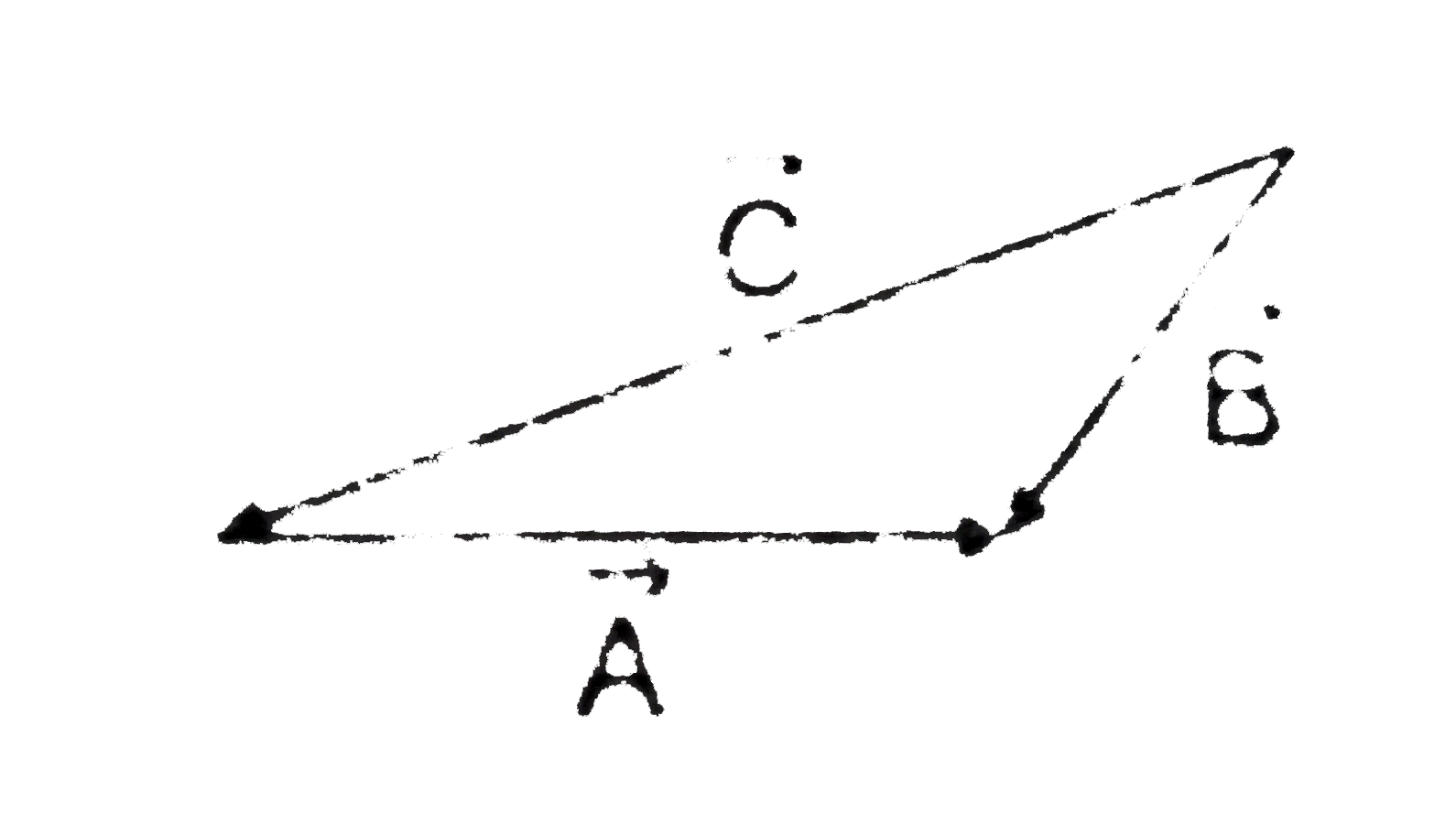 .
.
A
→A+→B=→C
B
→B+→C=→A
C
→C+→A=→B
D
→A+→B+→C=0
Video Solution
Text Solution
The correct Answer is:C
Applying triangle law of vector addition.
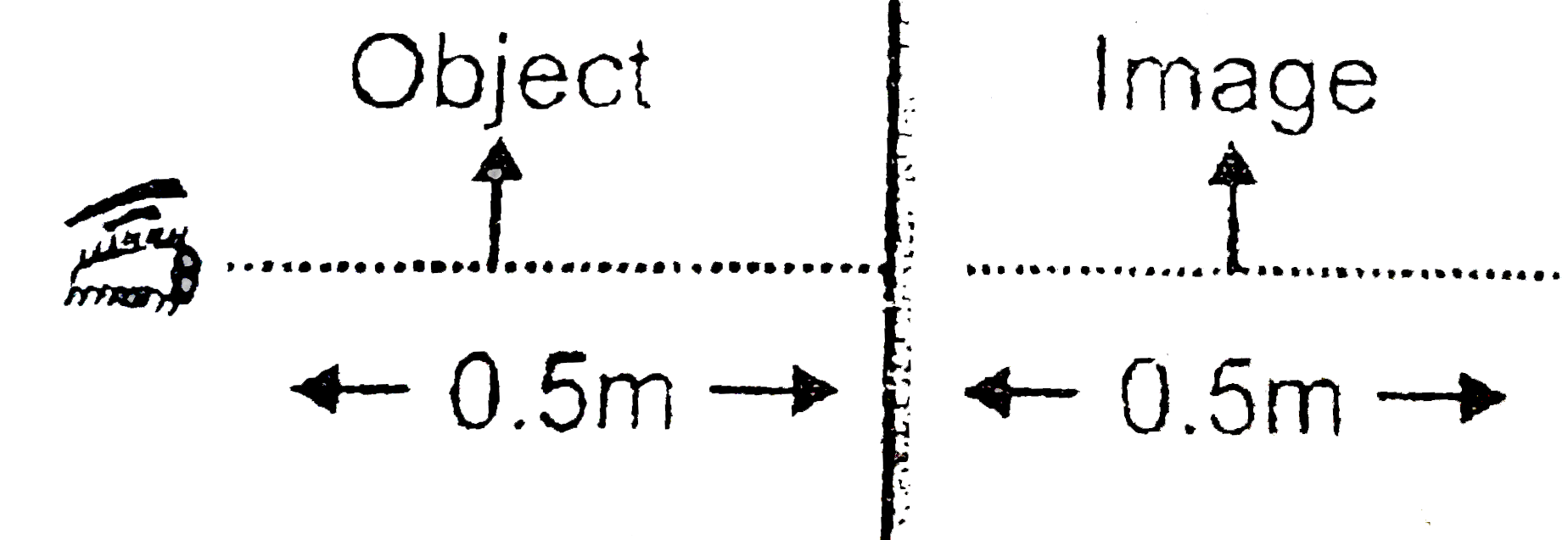 .
.
|
Updated on:21/07/2023
Topper's Solved these Questions
- BOOK - RESONANCE ENGLISHCHAPTER - DAILY PRACTICE PROBLEMEXERCISE - DPP No.320videos
DAILY PRACTICE PROBLEM
- BOOK - RESONANCE ENGLISHCHAPTER - DAILY PRACTICE PROBLEMEXERCISE - DPP No.49videos
DAILY PRACTICE PROBLEM
- BOOK - RESONANCE ENGLISHCHAPTER - DAILY PRACTICE PROBLEMEXERCISE - DPP.No.711videos
DAILY PRACTICE PROBLEM
- BOOK - RESONANCE ENGLISHCHAPTER - CURRENT ELECTRICITYEXERCISE - High Level Problems (HIP)19videos
CURRENT ELECTRICITY
- BOOK - RESONANCE ENGLISHCHAPTER - ELECTRO MAGNETIC WAVESEXERCISE - Exercise 327videos
ELECTRO MAGNETIC WAVES
Similar Questions
In the figure shown
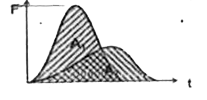 View Solution
View SolutionIn the figure shown
 View Solution
View SolutionIn the figure shown
 View Solution
View SolutionIn the figure shown,
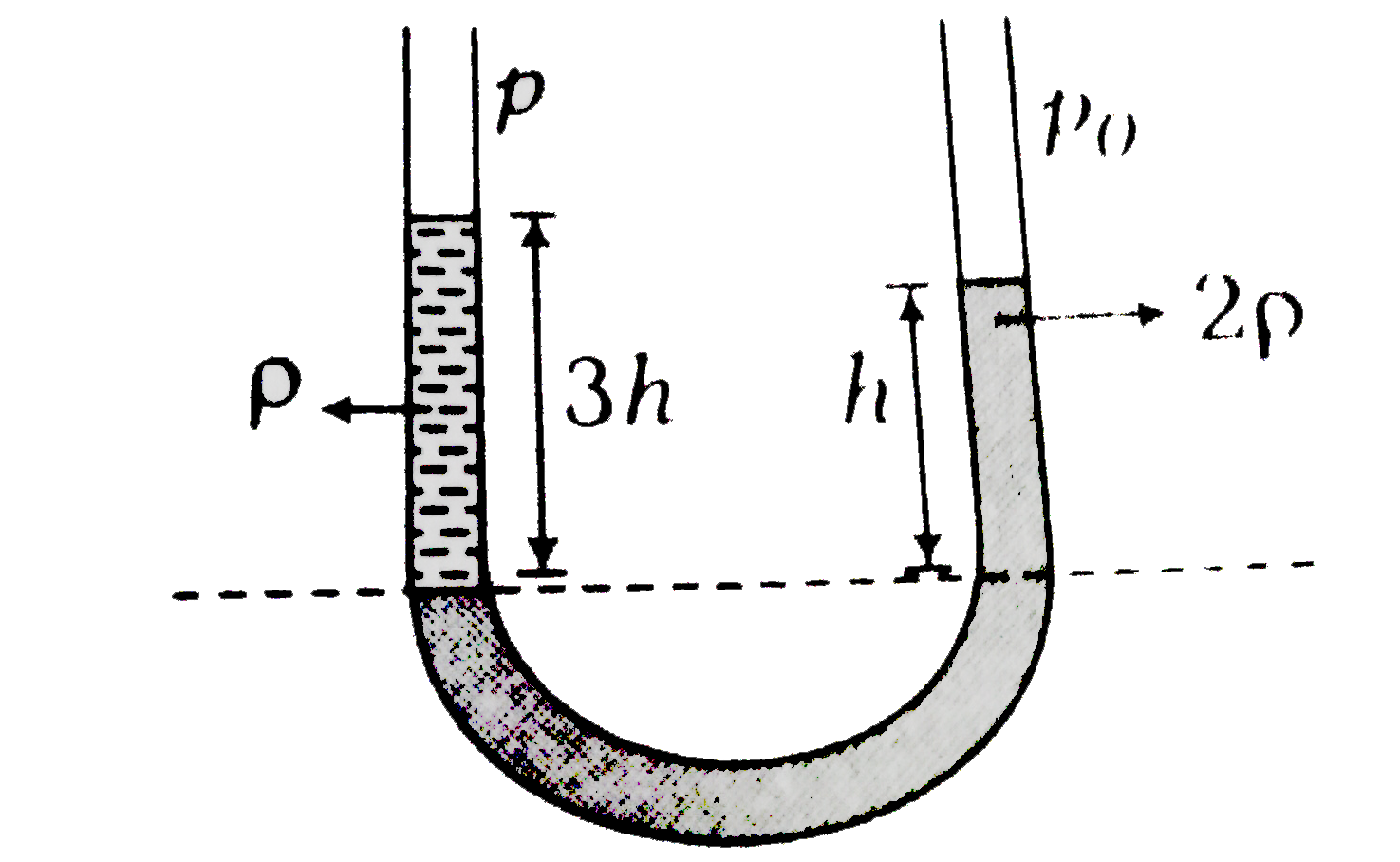 View Solution
View SolutionMutual inductance in the figure shown is -
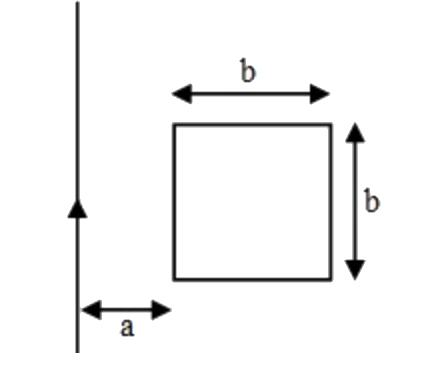 View Solution
View SolutionIn the figure shown : (All batteries are ideal)
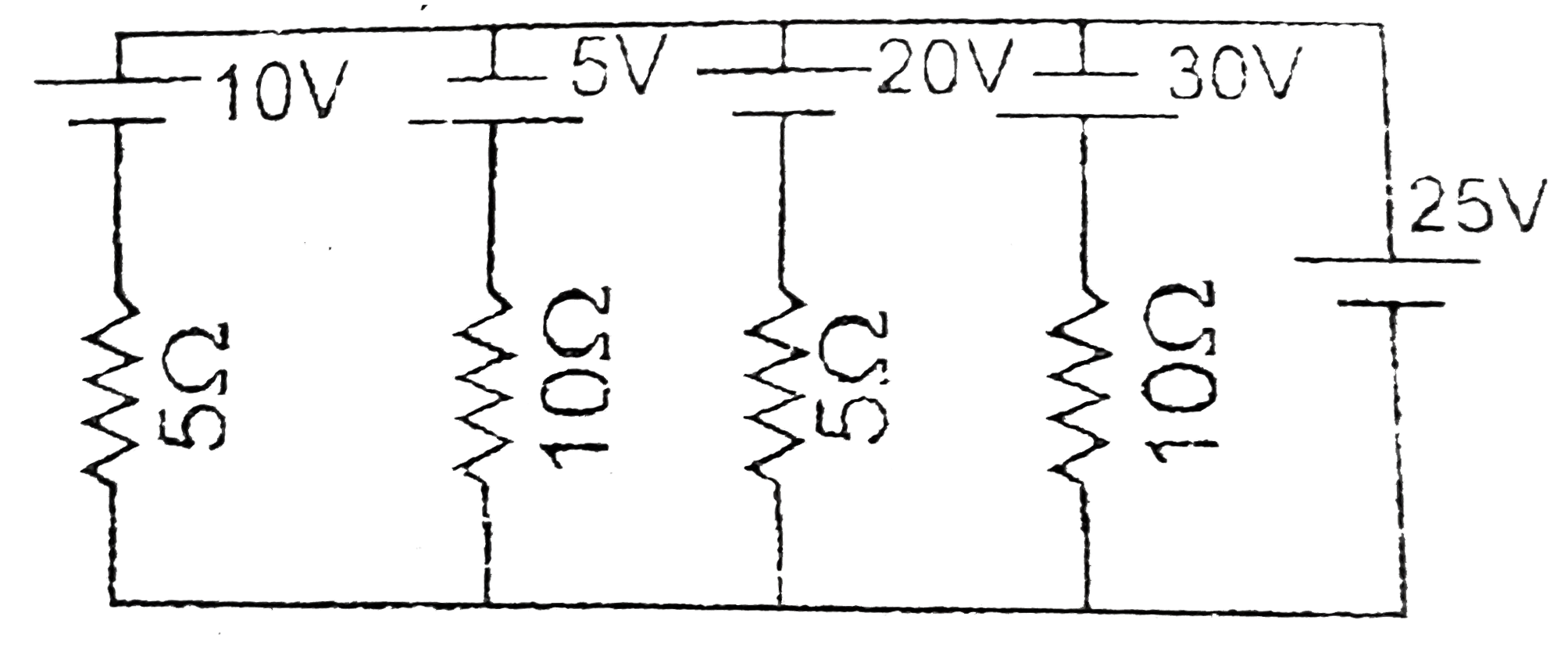 View Solution
View SolutionIn the figure shown : (All batteries are ideal)
 View Solution
View Solution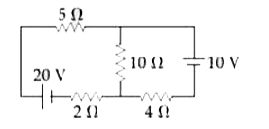
In the figure shown , the current in the 10 V battery is close to :View SolutionIn the figure shown if A = 1 and B = 0 then y will be
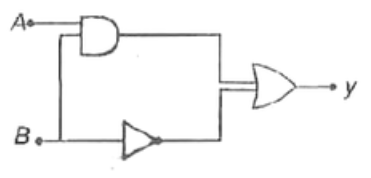 View Solution
View SolutionIn the figure shown the current flowing through 2R is:
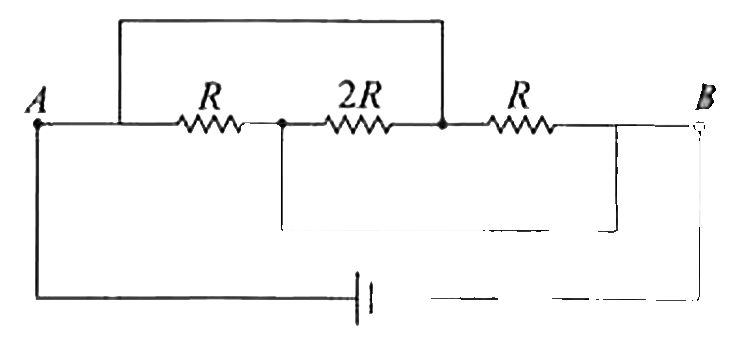 View Solution
View Solution

